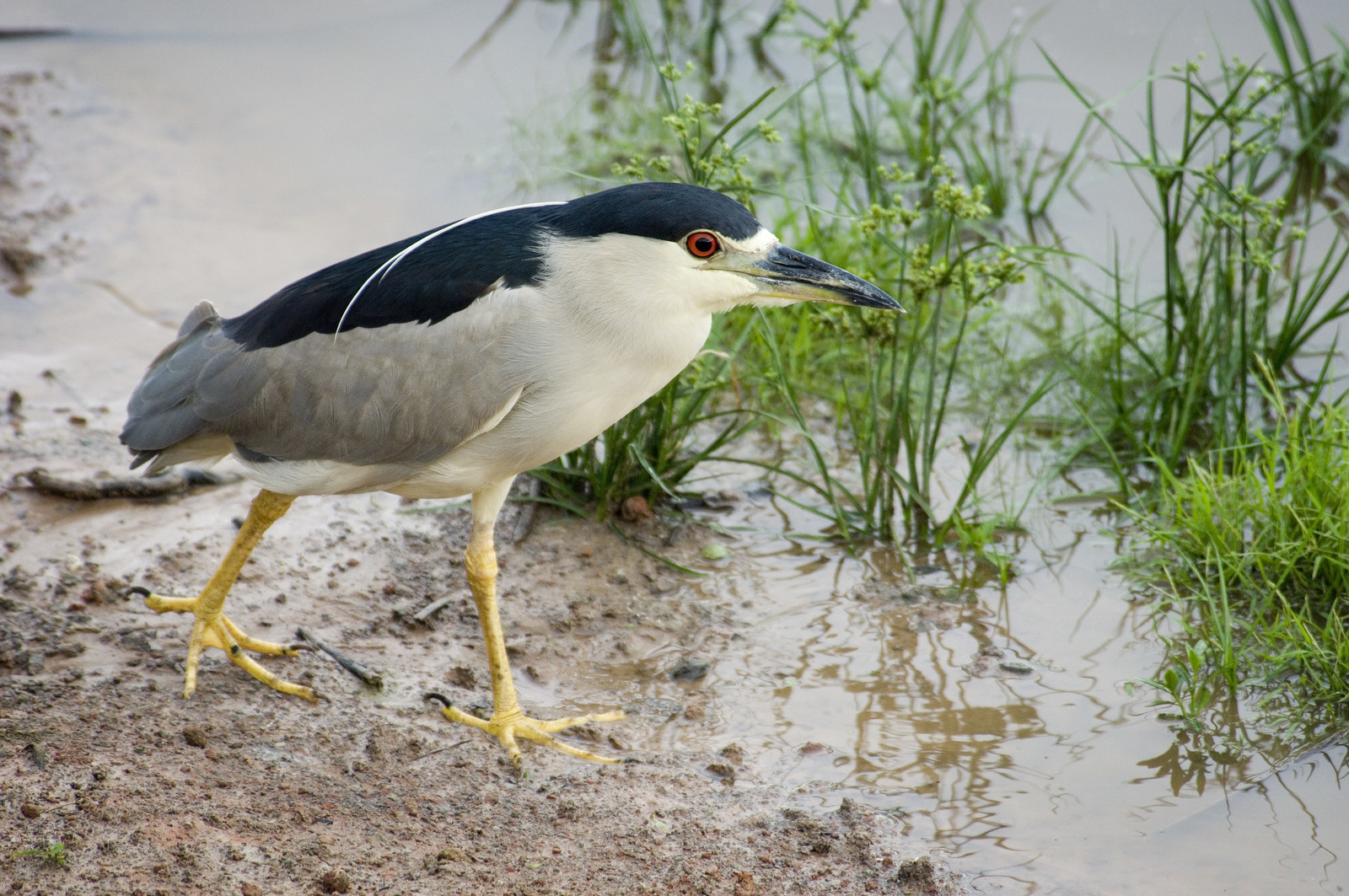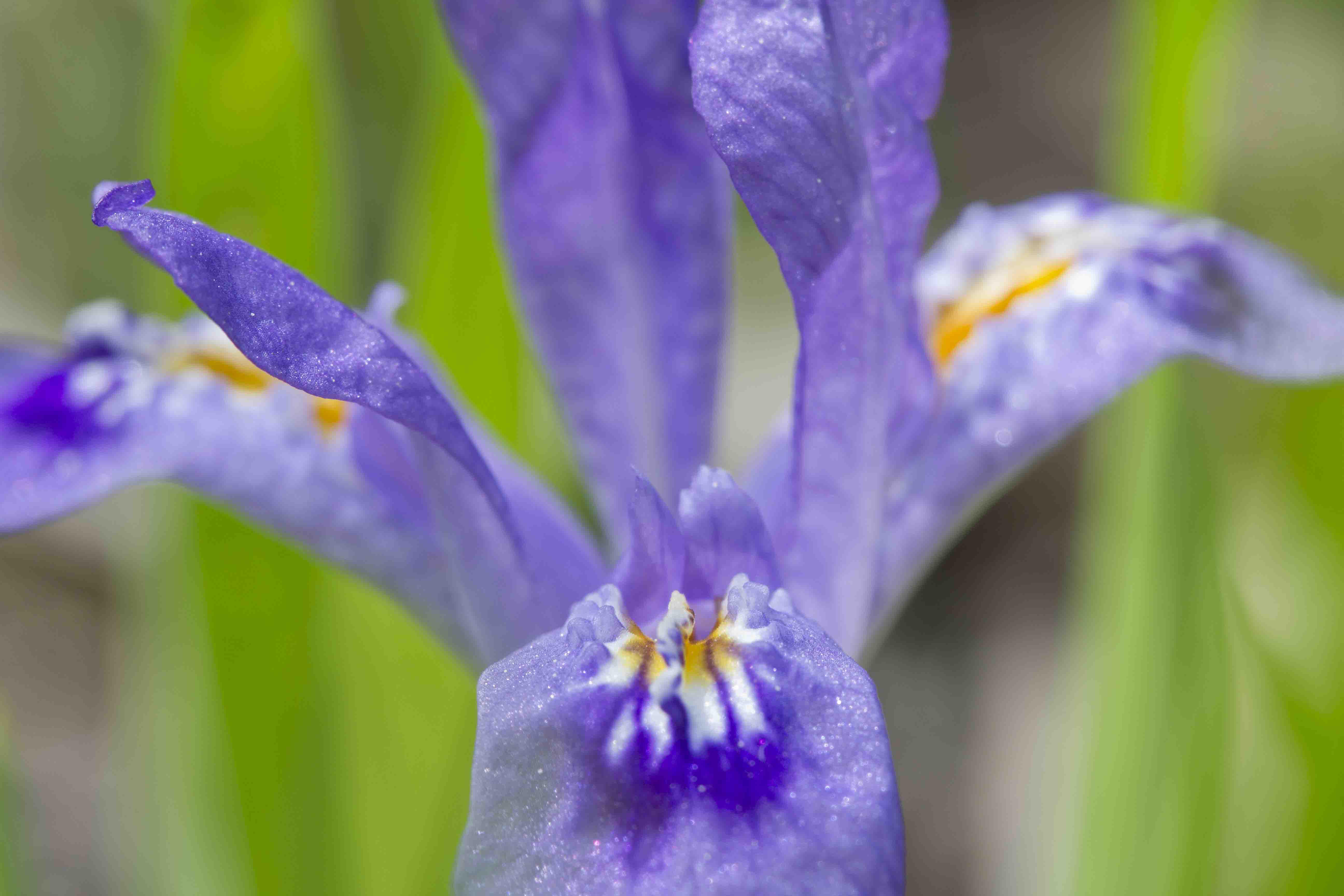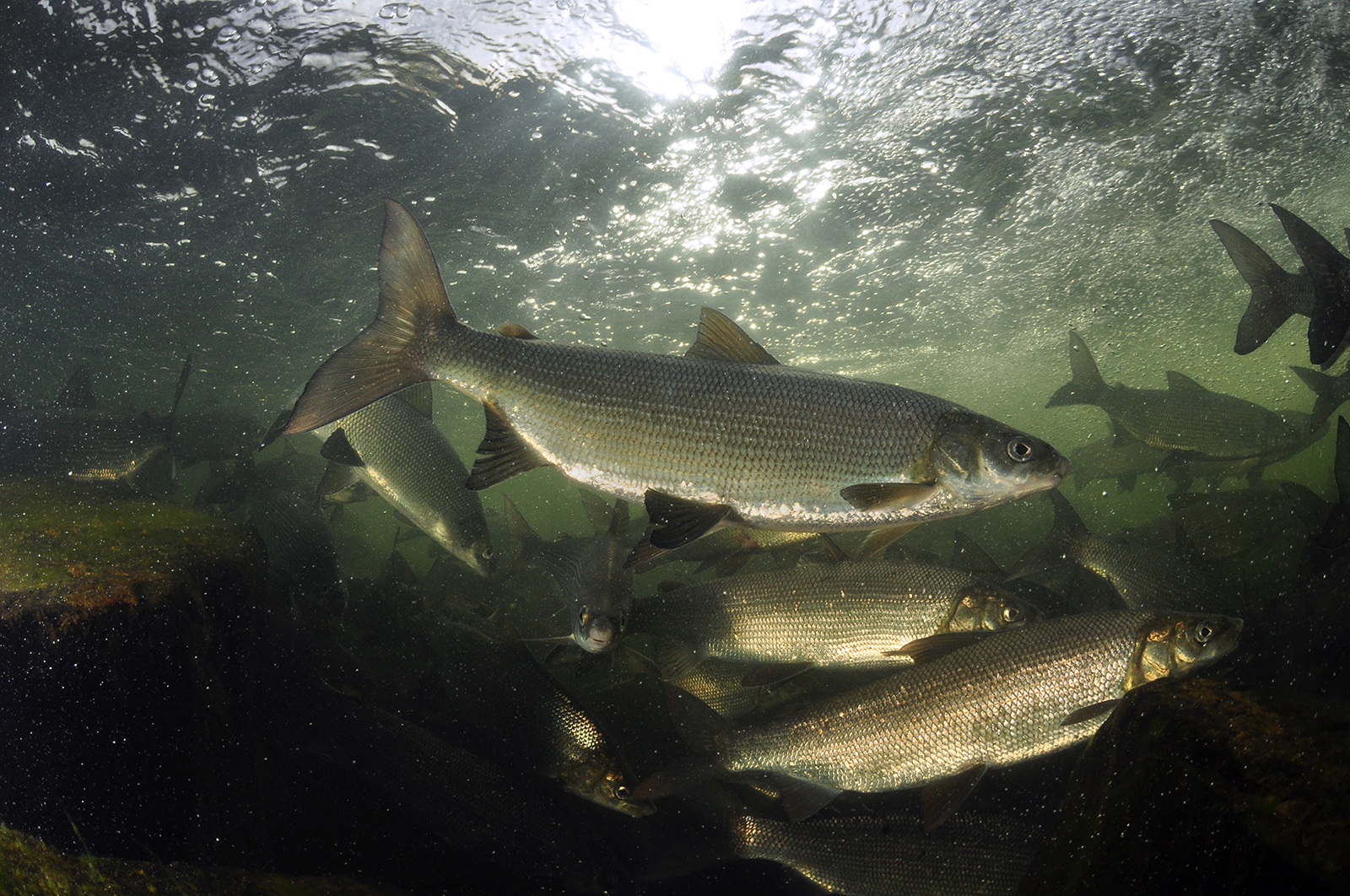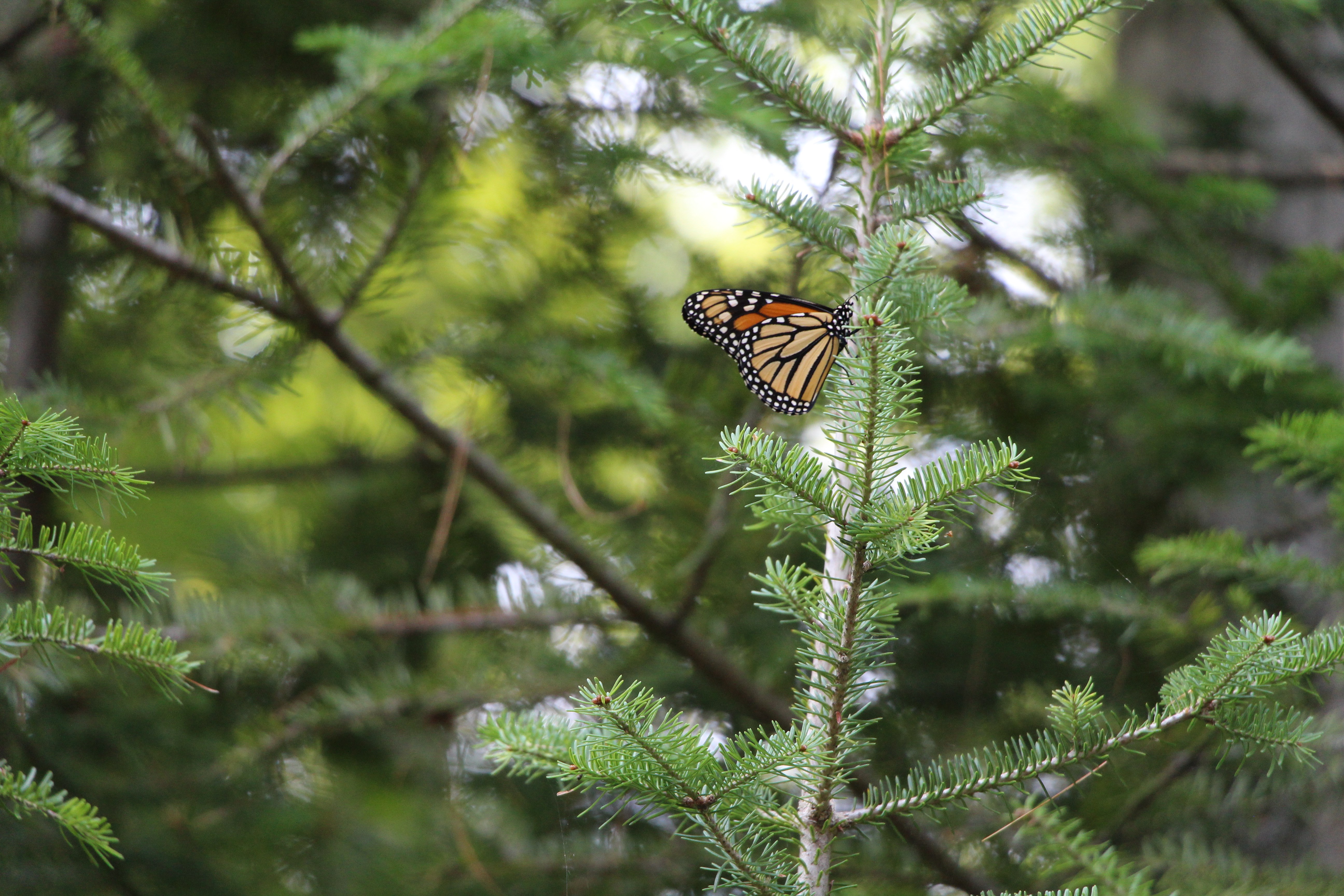
A Place Worth Protecting
Pristine beaches. Rare species. Sunken ships. North Point is home to vast treasures that make up one of the most fascinating places in Michigan.
In northeastern Michigan—jutting out into the waters of Lake Huron—is an astonishing area known as the North Point Peninsula. One of the most ecologically significant areas in the Great Lakes basin, the peninsula provides critical habitat for rare species, like the dwarf lake iris and the federally endangered Hine’s emerald dragonfly. North Point and the surrounding area is so valuable for biodiversity that a bi-national analysis identified it as one of only 26 “Biodiversity Investment Areas” in the Great Lakes region.
In the early 2000s, The Nature Conservancy (TNC) identified the area as essential to protect. By 2017 we received an unprecedented opportunity to acquire a stunning property on the peninsula. Here you’ll find 1,384 acres of cedar forests, unique wetlands and meadows that harbor diverse plants and wildlife.
Along with its ecological importance, the property comes with a rich maritime history and an abundance of both recreational and educational opportunities. It’s located in the heart of Thunder Bay National Marine Sanctuary (TBNMS), the first national marine sanctuary in the U.S., and its maritime history is highlighted by the local Great Lakes Maritime Heritage Center (GLMHC).
The North Point property, covering a significant portion of the peninsula and including four miles of Lake Huron shoreline, was acquired thanks to the generosity of many individuals and foundations and the hard work by partners including the National Oceanic and Atmospheric Administration (NOAA), Huron Pines, Friends of TBNMS and TNC. After decades of collaboration, the project culminated in the transfer of the property to Huron Pines in late 2022.

TNC has been working with partners for more than a decade to protect this 1,384-acre property northeast of Alpena. From critical habitat to rare species, North Point holds incredible ecological value for Michigan. Scientists have looked at North Point for years because of its diversity. The shaded woods and wildflower-spotted meadows feature the occasional rare find such as dwarf lake iris and Pitcher’s thistle, two threatened native species, while the coastal fen is filled with carnivorous plants. The property includes 200 acres of critical habitat for the Hine’s emerald dragonfly, a species that is federally listed as endangered and at one time believed to be extinct.
There are also four miles of Lake Huron shoreline, which borders a verdant landscape of wetlands and cedar forests. The fertile nearshore waters are a critical spawning area for Great Lakes whitefish and perch and feature underwater limestone sinkholes that support unique microscopic organisms of great interest to the scientific community. Included in the property are more than 200 acres of coastal fen and 700 acres of rich conifer swamp. Another six acres make up a Great Lakes marsh, a wetland type that provides habitat for more than 50 fish species.

This striking and varied landscape, as well as its location along one of the most significant migratory flyways in the United States, also makes the property an appealing sanctuary for many bird species, including land birds, waterfowl, raptors and shorebirds.
Birds that migrate across Northern Lake Huron in the spring tend to seek out forested areas within a quarter mile of the shoreline. Peninsulas, with their proximity to water, are an ideal stopover location, and North Point is the largest peninsula on the western side of Lake Huron. More than 200 migratory bird species stop in the area, from tiny vibrant warblers to long-legged cranes. More permanent residents include the black-crowned night heron, the Caspian tern and the bald eagle.

A history of the Great Lakes lies preserved below the surface of Lake Huron. There are more than 200 shipwrecks in the crystal clear waters near North Point, relics of the area’s long and illustrious maritime history. The North Point property is adjacent to “Shipwreck Alley,” a treacherous stretch of Lake Huron that has claimed hundreds of vessels. Unpredictable weather, murky fog banks, sudden gales and rocky shoals have claimed more than 200 vessels in and around Thunder Bay, and nearly 100 shipwrecks have been discovered within the sanctuary.
Thanks to Lake Huron’s cold, fresh water, the shipwrecks that lie below its surface are some of the most well preserved in the world. The type of vessel varies greatly, reflecting both the time period and the stories of the people who sailed on them. However, Lake Huron is not the only one guarding the vessels.

The National Oceanic and Atmospheric Administration’s Thunder Bay National Marine Sanctuary is a 4,300-square-mile marine protected area dedicated to preserving the Great Lakes and their rich history. The sanctuary works to provide recreational opportunities to explore these world-class shipwrecks through paddling, snorkeling and diving. For those less enthused about journeying into the water, the Great Lakes Maritime Heritage Center showcases interactive exhibits and artifacts that bring Michigan’s maritime past to life.
Education is a key part of TBNMS’s mission. Each year, students of all ages participate in programming at the GLMHC, aboard the glass-bottom boat Lady Michigan and along the shores of Lake Huron at the peninsula. The North Point property is another incredible asset in the area’s educational opportunities for the community.

The Nature Conservancy and the Thunder Bay National Marine Sanctuary have pursued the conservation of the North Point Peninsula for more than a decade. This area represents a large-scale, strategic conservation priority, featuring pristine ecosystems unique to Michigan and the Great Lakes. TNC along with regional nonprofits Huron Pines and the Friends of TBNMS have worked together to develop a strategic plan to ensure the property is managed for healthy habitats and natural systems.
At the end of 2022, we were pleased to transfer ownership of the North Point property to Huron Pines—a local conservation organization—who will protect and manage the area in perpetuity. As the new owners, they will lead the property’s management, including overseeing trail management, invasive species control, bird counts and more. Meanwhile, TNC will also hold a conservation easement that limits future development to match conservation and management goals.

Latest Nature News from Michigan
Sign up to receive monthly conservation news and updates from Michigan. Get a preview of Michigan’s Nature News email.
As the local community continues to highlight the cultural and natural treasures of North Point, the Friends of TBNMS, Huron Pines, TNC and NOAA will continue to work together to explore these opportunities. Together, we will ensure the protection of the property’s ecological values, forever—and there’s a lot here worth protecting.
Major Contributors to the Acquisition
We extend our thanks to those who gave significant leadership gifts of support that made this acquisition possible and to the many others who helped support this landmark project, including: The Carls Foundation; J.A. Woollam Foundation; John M. Leonard and Rita Jain; Carol and Peter Walters; National Fish and Wildlife Foundation; Elizabeth, Allan and Warren Shelden Fund; Great Lakes Fishery Trust; The Patricia and David Kepler Foundation; James and Ann Nicholson; Barbara L. Piper; Roberta Patt and Fred Fechheimer Philanthropic Fund and many more!







